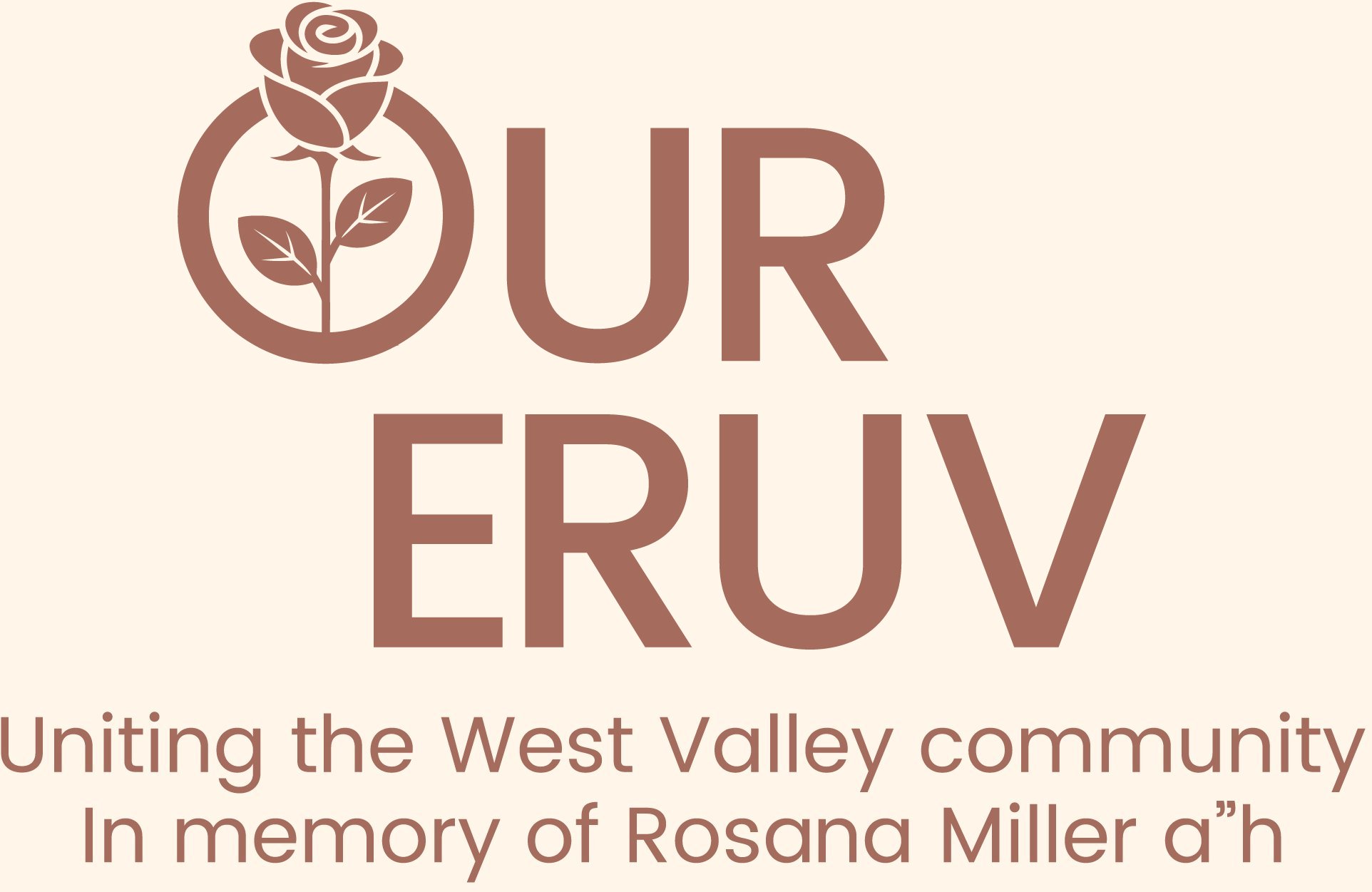
An Eruv is a halachic boundary that allows Jews to carry certain items and perform otherwise restricted activities in shared spaces on Shabbos. Without an Eruv, carrying objects such as keys, diaper bags, or even pushing a stroller just outside one’s home is considered a form of melacha (forbidden labor) and is prohibited under Jewish law.
Purpose of the Eruv
The Eruv redefines designated public areas as a shared private domain, enabling observant Jews to fully participate in Shabbos life without compromising halachic observance. It’s especially vital
for:
• Families with young children
• Individuals with limited mobility
• Anyone who needs to carry essential items outside their home
By creating this boundary, the Eruv fosters inclusion, accessibility, and community connection.
How It Works
An Eruv is formed by creating a continuous, unbroken boundary around a community. This is typically done using a combination of:
• Utility poles and overhead wires
• Fences and walls
• Natural features like hills or embankments
Where needed, additional poles and wires are installed to form a Tzurat HaPetach—a symbolic doorway in Jewish law—consisting of two vertical posts and a horizontal wire across the top.
Construction and Maintenance
The West Valley Eruv required significant new construction to meet halachic standards. Due to the neighborhood’s layout and the lack of existing natural boundaries, we couldn’t rely solely on utility poles or fences. As a result:
• Many sections include newly installed poles and wires
• The design was carefully planned to include as many homes as possible
• Construction costs were higher than in areas with more built-in infrastructure
• Ongoing maintenance is more complex and costly
To ensure the Eruv remains valid, it is inspected weekly by trained experts before every Shabbos, and repairs are made by our dedicated repair team.
Symbolic and Communal Value
Beyond its practical benefits, the Eruv carries deep symbolic meaning. It extends the sanctity of the home into the broader community, fostering:
• A sense of unity and shared purpose
• Greater freedom within halachic boundaries
• A stronger connection among neighbors
The Eruv transforms individual households into a collective Shabbos space.
Coverage Area
The West Valley Eruv currentlyincludes parts of:
-
Encino
-
Tarzana
-
Woodland Hills
Benefits of the Eruv
With the Eruv in place, Jews can:
-
Carry house keys, a tallit, or a siddur
-
Push strollers, wheelchairs, or walkers
-
Transport food, drinks, and other essentials
-
Carry medical supplies and medication as needed
-
Participate more fully in communal Shabbos life, enabling families and individuals of all ages to join together
